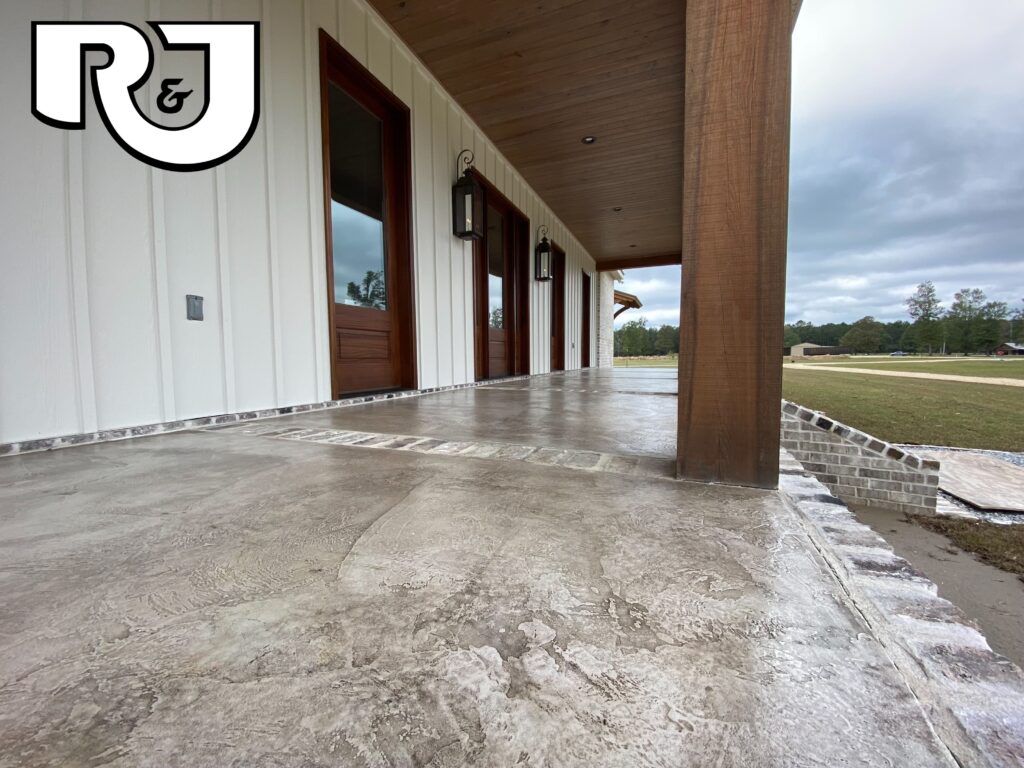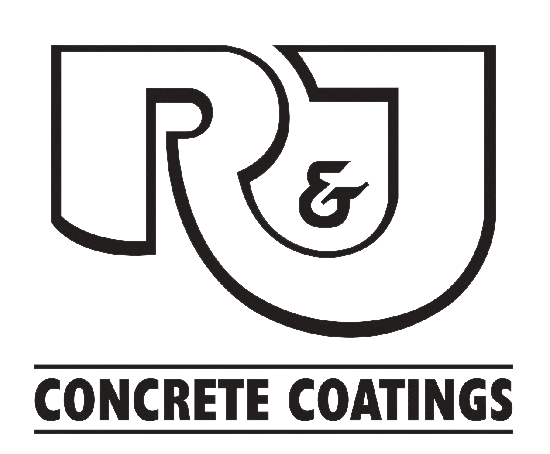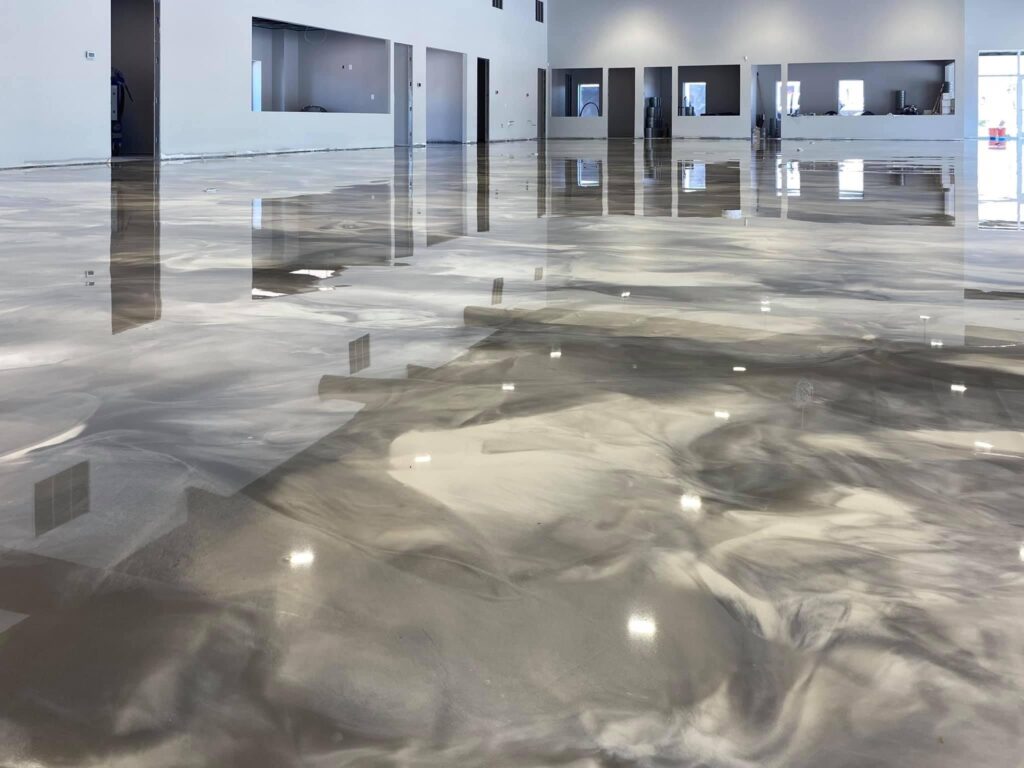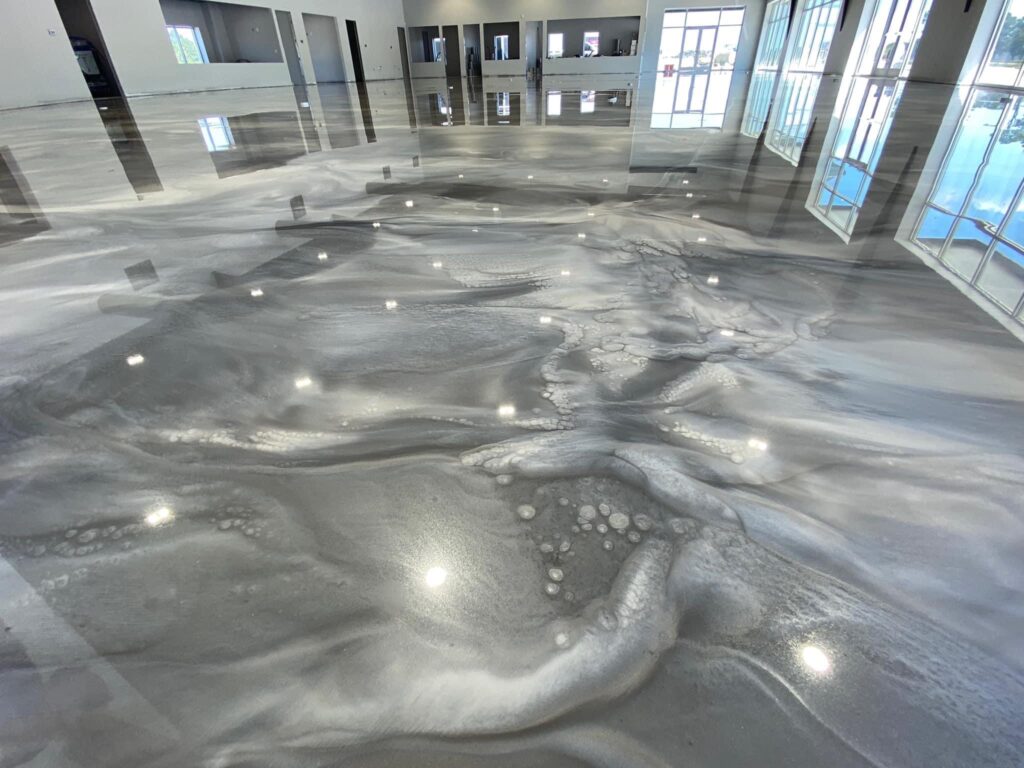Are you looking for a durable and stylish flooring solution for your home in Mandeville, LA? Epoxy floor resurfacing is a great option that can transform your concrete floors into a beautiful and long-lasting surface.
In this blog post, we’ll provide a comprehensive guide to epoxy floor resurfacing for homeowners in Mandeville, LA. We’ll cover the benefits of epoxy flooring, the different types of epoxy coatings available, and the steps involved in the resurfacing process.
Benefits of Epoxy Flooring
Epoxy flooring offers a number of benefits for homeowners, including:
- Durability: Epoxy floors are extremely durable and can withstand heavy foot traffic, making them ideal for garages, basements, and other high-traffic areas.
- Longevity: Epoxy floors can last for up to 20 years with proper care and maintenance.
- Easy maintenance: Epoxy floors are easy to clean and maintain, requiring only occasional sweeping, mopping, and polishing.
- Resistance to chemicals and stains: Epoxy floors are resistant to chemicals, stains, and spills, making them a great choice for areas where spills are common.
- Slip resistance: Epoxy floors can be finished with a slip-resistant coating, making them a safe choice for areas where falls are a concern.
- Customizable: Epoxy floors can be customized with a variety of colors and finishes, so you can create a floor that matches your personal style and décor.
Types of Epoxy Coatings
There are two main types of epoxy coatings used for floor resurfacing:
- Solvent-based epoxy: Solvent-based epoxies are the most durable and long-lasting type of epoxy coating. They are also the most resistant to chemicals and stains.
- Water-based epoxy: Water-based epoxies are less durable than solvent-based epoxies, but they are easier to apply and have a lower odor.
Steps Involved in Epoxy Floor Resurfacing
The epoxy floor resurfacing process typically involves the following steps:
- Surface preparation: The first step is to prepare the concrete floor by cleaning it thoroughly and removing any dirt, grease, or oil. The floor must also be etched to create a rough surface that will help the epoxy coating to bond.
- Epoxy application: The epoxy coating is then applied to the floor in two or three coats. The first coat is a primer coat that helps the epoxy to bond to the concrete. The second and third coats are the color coats that will give the floor its finished look.
- Curing: The epoxy coating must then be allowed to cure for several days before it can be used. The curing time will vary depending on the type of epoxy coating used.

Choosing a Concrete Contractor
When choosing a concrete contractor for your epoxy floor resurfacing project, it is important to choose a company that is experienced and reputable. Be sure to get quotes from several different contractors before making a decision.



